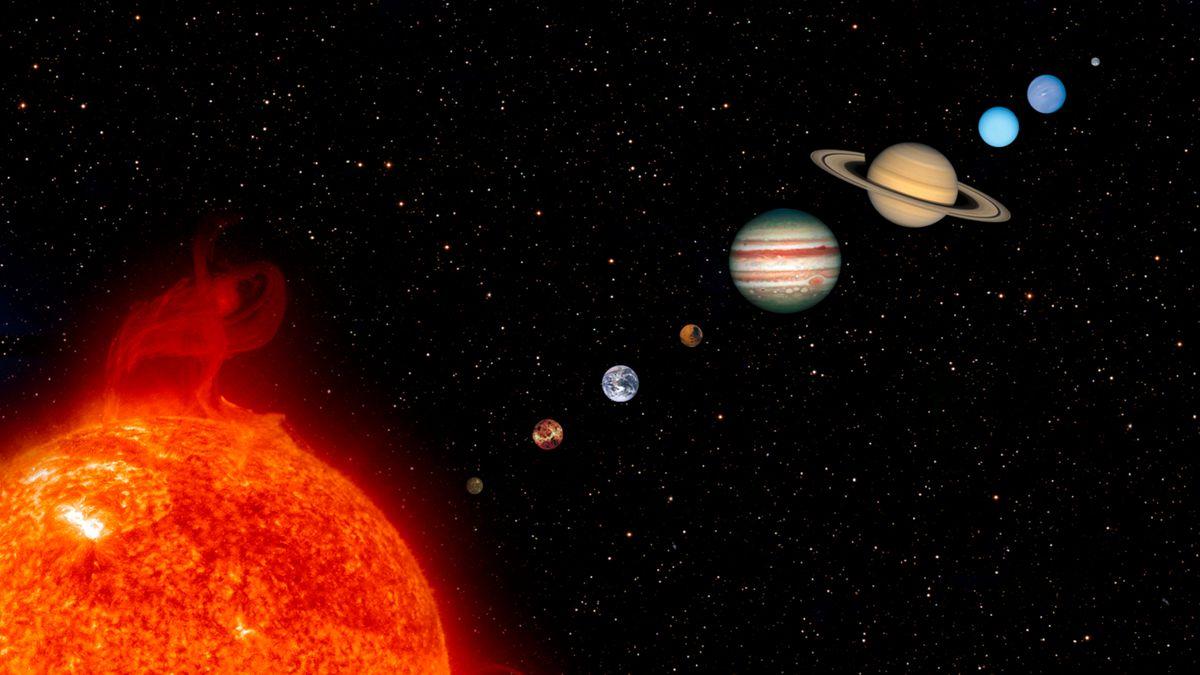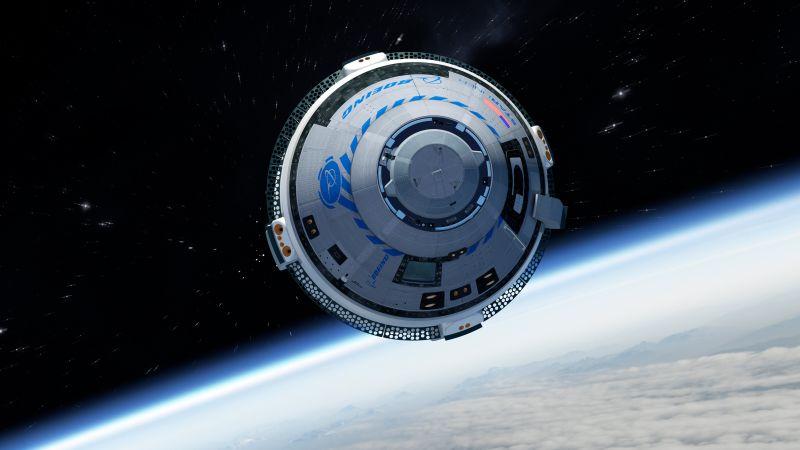(NASA)Leer en español Read in EnglishEstimated read time: 3-4 minutesWASHINGTON — Research in the expanding field of space medicine has identified many ways in which a microgravity environment and other factors can meddle with the human body during space missions.
A new study has added to the field by showing that astronauts are more likely to experience headaches in space than previously known.
The study involved 24 astronauts from the U.S., European and Japanese space agencies who traveled aboard the International Space Station for up to 26 weeks.
All but two of them reported experiencing headaches in space.
This was a larger proportion than the researchers had expected based on prior anecdotal evidence.
The headaches — some resembling migraines and others resembling tension headaches — occurred not only during the first couple of weeks in space as the body goes through the process of adapting to microgravity, but also later.
The headaches occurring during the early period often present as migraine-like while those experienced later in space travel present more like a tension headache, the study found.
“We hypothesize that different mechanisms are involved for the early headache episodes — the first one to two weeks in space — versus later headache episodes,” said neurologist W.P.J.
van Oosterhout of Zaans Medical Center and the Leiden University Medical Center in the Netherlands, lead author of the study published this week in the journal Neurology.
“In the first week, the body has to adapt to the lack of gravity, known as space adaptation syndrome.
This phenomenon is similar to motion sickness, and can cause nausea, vomiting and dizziness, and headaches,” van Oosterhout said.
“The later headaches could result from an increase in intracranial pressure.
Due to microgravity, there is more fluid accumulating in the upper part of the body and head, resulting in higher pressure in the skull.”
Migraines experienced on Earth are often throbbing and pulsating headaches lasting four to seven hours, accompanied by symptoms such as nausea, vomiting and hypersensitivity to light and sound, Van Oosterhout said.
Tension-type headaches on Earth usually are a more dull pain felt over the entire head without those other symptoms, Van Oosterhout added.
The astronauts — 23 men and one woman, with an average age of about 47 — were aboard the International Space Station for missions that took place from November 2011 to June 2018, with a total of 378 headaches reported by 22 of the 24 astronauts during a total of 3,596 days in orbit.
None of the 24 reported headaches in the three months after returning to Earth.
Thirteen of the astronauts were from NASA, six from the European Space Agency, two from Japan’s JAXA and one from the Canadian Space Agency.
None had ever been diagnosed with migraines prior to their space missions and none had a history of recurrent headaches.
Various documented effects of space travel include bone and muscle atrophy, changes in the brain, cardiovascular system and immune system, issues with the balance system in the inner ear and a syndrome involving the eyes.
Cancer risk from greater radiation exposure in space is another concern.
Experts are unsure of how much of a barrier these effects might be on human space travel over extended periods, for instance for journeys to our neighboring planet Mars or beyond.
“The honest answer is that we don’t know the effects of long-duration space travel — possibly years —on the human body,” van Oosterhout said.
“It is clear that even short-term, days or weeks — to medium-term, weeks or months — duration exposure to microgravity already has some effects, mostly reversible, on the human body.
This is a clear task for the field of space medicine.”
×Most recent Science storiesRelated topics Science U.S. Health
Jan was the last time the eight planets were arranged in a group of 30 degrees apart. 1 1665.
Occasionally, a few of the planets in the solar system will seem to align in the sky as they orbit the sun. However, have the eight planets ever actually lined up?
Depending on how leniently you interpret the term “align,” the response varies for each planet in the solar system: Mercury, Venus, Earth, Mars, Jupiter, Saturn, Uranus, and Neptune.
Initially, each planet’s orbit is skewed differently with regard to the sun’s equator. The University of Pittsburgh’s Arthur Kosowsky, an astrophysicist, explained this to Live Science, meaning that although planets appear to line up in the sky, they are probably not in a straight line in three dimensions.
“The idea behind planetary alignment is not so much a physical alignment in space as it is how things look from Earth’s perspective,” astrophysicist Nikhita Madhanpall of Wits University in South Africa explained to Live Science.
When two or more planets appear near to one another from Earth’s perspective, this is known as a planetary conjunction. The planets are never truly near to one another, which is a significant observation. According to The Planetary Society, even when two planets appear to be aligned with one another in space, they are still very far apart.
Connected: Which planet is nearest to Earth? (Tip: There are multiple correct responses). ).
Wayne Barkhouse, an astrophysicist at the University of North Dakota, told Live Science that there isn’t a clear definition for how close a planet must appear to be aligned. “Angular degrees,” which astronomers use to calculate the apparent distance between two celestial objects in the sky, would be a part of any such definition.
360 degrees would be the result of measuring the circumference of the entire horizon. The full moon appears to be just half a degree across, according to Las Cumbres Observatory in Goleta, California, which helps to illustrate the size of the horizon.
The three innermost planets—Mercury, Venus, and Earth—”line up within 3.6 degrees on average every 39.6 years,” according to a calculation made by Belgian meteorologist and amateur astronomer Jean Meeus, which was published in the book “Mathematical Astronomy Morsels” (Willmann-Bell, 1997).
It takes time to line up more planets. Meeus predicted that “every 396 billion years, for example, all eight planets will align within 3.6 degrees,” according to Barkhouse. Consequently, since the sun will change into a white dwarf in about 6 billion years, it has never happened and never will. The sun will grow larger during this process, turning into a red giant that will likely swallow Earth along with Venus and Mercury. As a result, our solar system will consist of just five planets. “.
It is less likely that all eight planets will align within one degree of the sky. Meeus estimates that “this will occur, on average, every 13.4 trillion years,” as stated by Barkhouse. The cosmos is roughly 13.8 billion years old in comparison.
Christopher Baird, an associate professor of physics at West Texas A&M University, states that the next time the eight planets will align is on May 6, 2492, if you consider that alignment to mean that they are in the same 180-degree-wide patch of sky. It wasn’t until January that the eight planets were arranged in a group of 30 degrees. 1, 1665, and the following time will be March 20, 2673, as per the Sacramento Peak, California, facility of the National Solar Observatory.




